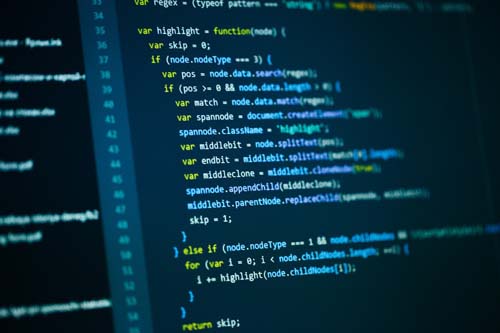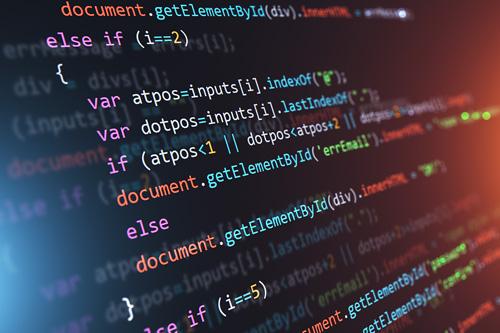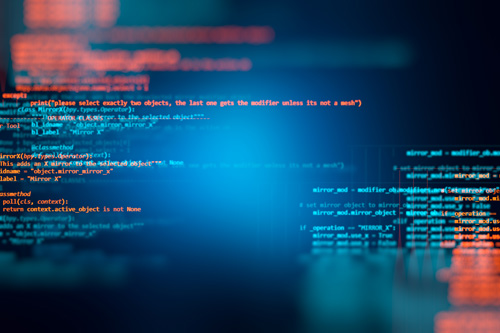在Python中,print()函数是用来将数据输出到控制台的常用函数。比如,我们可以使用print()函数来输出一段文字:

`python
_x000D_print("Hello, World!")
_x000D_ _x000D_这行代码会在控制台上打印出Hello, World!。除了输出文字外,print()函数还可以输出变量的值,或者多个值,通过逗号分隔。比如:
_x000D_`python
_x000D_name = "Alice"
_x000D_age = 30
_x000D_print("My name is", name, "and I am", age, "years old.")
_x000D_ _x000D_这段代码会输出:My name is Alice and I am 30 years old。
_x000D_**更多print()函数的用法**
_x000D_**1. 输出数字**
_x000D_`python
_x000D_num = 42
_x000D_print("The answer is", num)
_x000D_ _x000D_**2. 格式化输出**
_x000D_`python
_x000D_x = 10
_x000D_y = 20
_x000D_print("The value of x is {} and y is {}".format(x, y))
_x000D_ _x000D_**3. 输出到文件**
_x000D_`python
_x000D_with open("output", "w") as f:
_x000D_print("Hello, file!", file=f)
_x000D_ _x000D_**问答部分**
_x000D_**Q: print()函数有哪些常用的参数?**
_x000D_A: print()函数常用的参数包括end(结尾字符)、sep(分隔符)、file(输出到文件)、flush(立即输出)等。
_x000D_**Q: 如何在print()函数中使用换行符?**
_x000D_A: 可以在字符串中使用\n来表示换行,也可以在print()函数中使用end参数指定结尾字符为换行符。
_x000D_**Q: print()函数如何实现不换行输出?**
_x000D_A: 可以在print()函数中使用end参数指定结尾字符为空字符串,即end=""。这样就可以实现不换行输出。
_x000D_



















 京公网安备 11010802030320号
京公网安备 11010802030320号